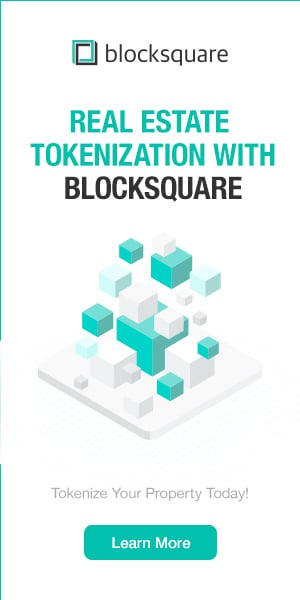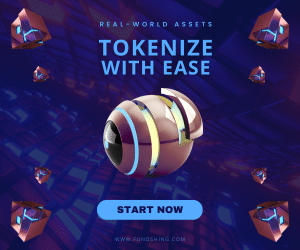The tokenisation of assets involves the digital representation of real (physical) assets on distributed ledgers, or the issuance of traditional asset classes in tokenised form. Asset tokenisation has become one of the most prominent use-cases of distributed ledger technologies (DLTs) in financial markets, for assets including securities (e.g. stocks and bonds), commodities (e.g. gold) and other non-financial assets (e.g. real estate), and with potential cross-cutting implications for financial market practices and participants, market infrastructure and regulators across a large range of financial instruments and asset classes. This report:
- examines the benefits of asset tokenisation and the challenges to its wider adoption
- analyses the potential disruptive effect on trading, liquidity, pricing, clearing and settlement
- highlights the increased importance of a trusted and credible central authority in a tokenised environment (such as a custodian)
- sheds light to the possible necessity for a tokenised form of central bank digital currency or stablecoin for the payment leg of security settlement on DLT-based trading venues
- discusses the policy implications of tokenisation for financial markets
See the main findings from the report below
The full report can be downloaded for free on the OECD website: https://www.oecd.org/finance/The-Tokenisation-of-Assets-and-Potential-Implications-for-Financial-Markets.htm
















